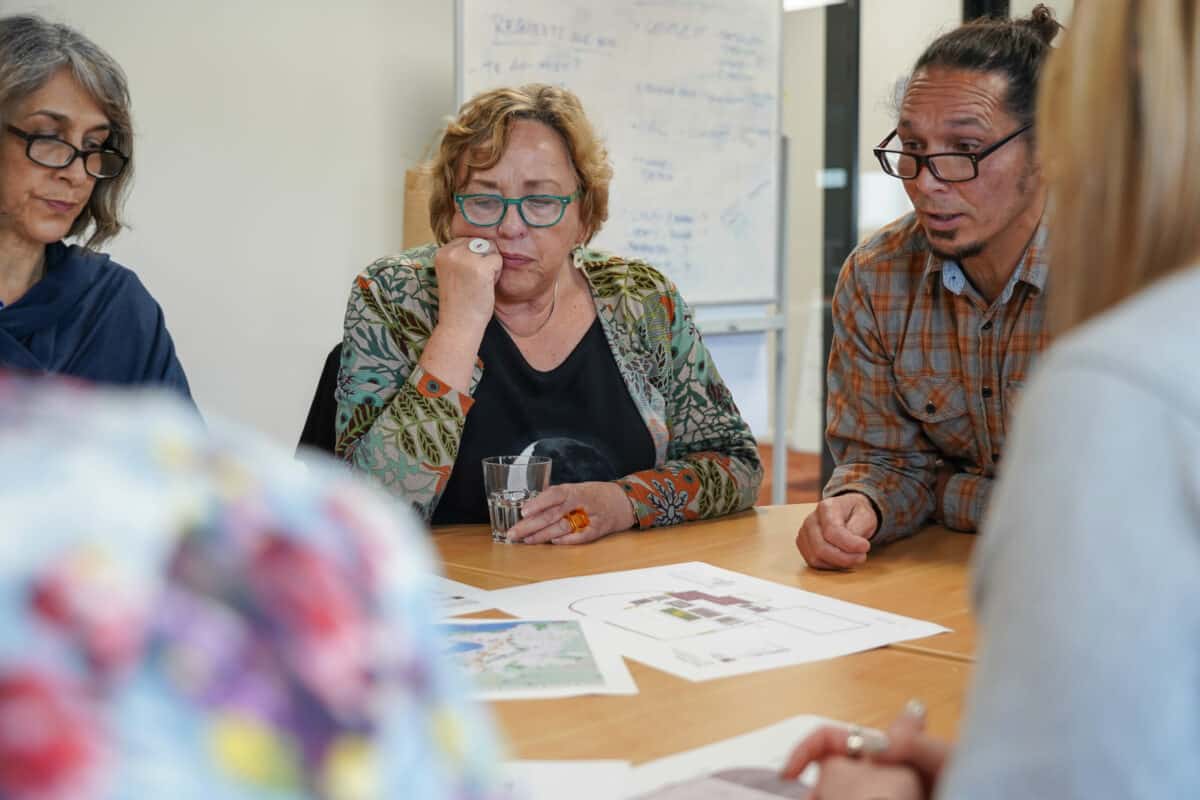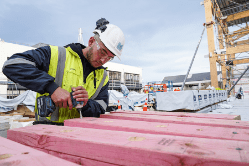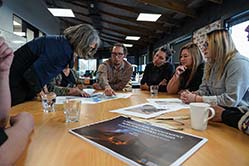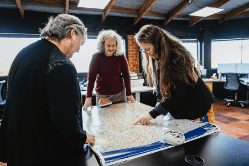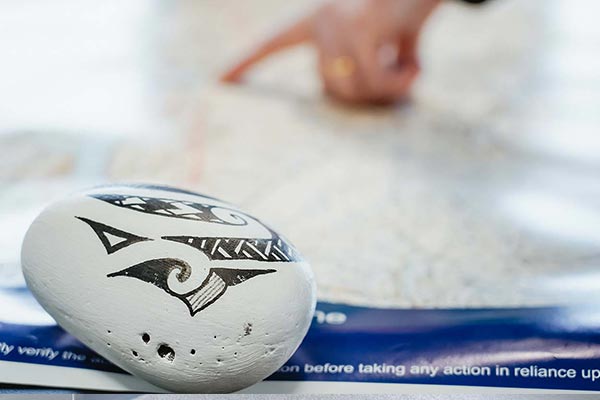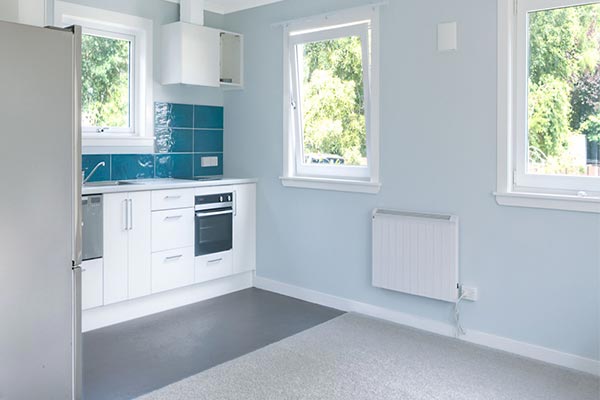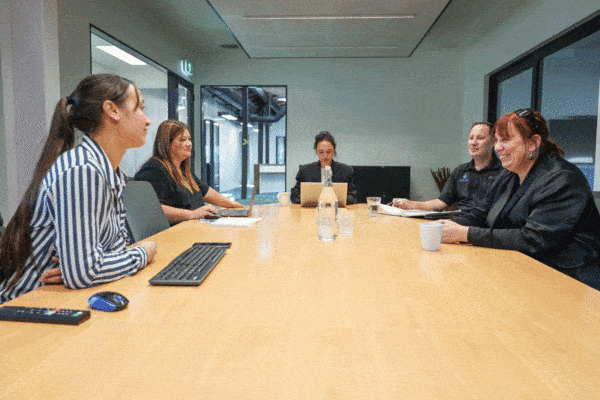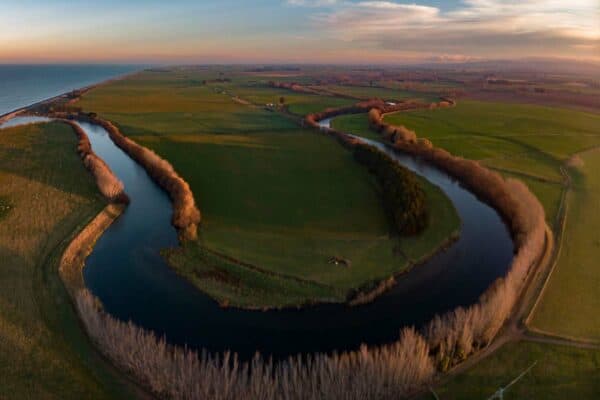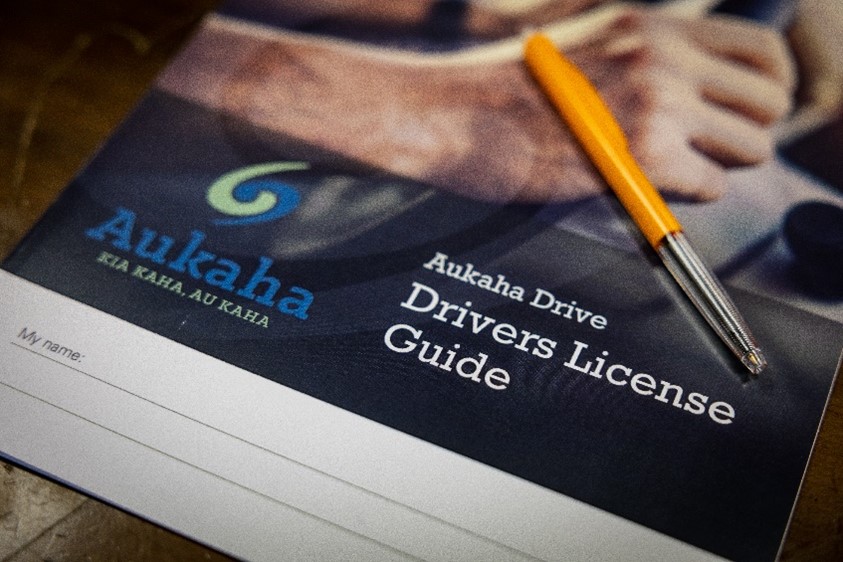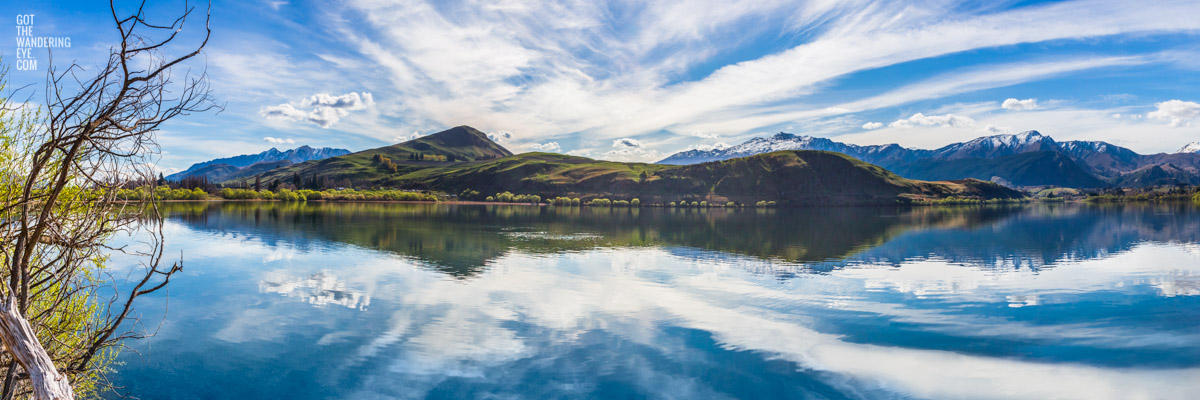Manawhenua Panels
When working with partners to incorporate Kāi Tahu values into developments across the Otago region, it is important that Mana Ahurea fully understands the aspirations of manawhenua.

General Manager Caron Solomon-Ward says that the strength of Mana Ahurea comes from the manawhenua panels that meet once a month to discuss ongoing projects and ensure the team is on the right track.
“The purpose of our team is to facilitate authentic relationships between manawhenua and our partners, so our services rely on manawhenua engaged with the whole process,” she says. “Our manawhenua panels ensure that we’re getting their insight, knowledge and input directly into all the work that we do.”
For manawhenua, the work of Mana Ahurea, and the opportunity to participate in the panels, represents the beginning of a long-awaited change. Katarina Ruckstuhl, who represents Kāti Huirapa Rūnaka ki Puketeraki on the panel, says that it’s an opportunity for mātauraka Kāi Tahu to take its rightful place in the region.
“One of the things that as rūnaka we’re trying to establish is that we have actually been here for quite some time, and actually we know a lot about this place, this whenua, this wai,” she says. “One of the ways that we can reestablish that is actually telling those narratives and putting in visual markers, whether those are design elements, or pou, or even plantings. Along with that comes a whole way of thinking about the world that comes from our own whakapapa, our own ethics, our own philosophies – from mātauraka Kāi Tahu.”
For each project, the first step is to put together a cultural narrative, a document that brings together all the information about a particular site that will then inform the design process. A narrative might include references to traditional names and their meanings, the historical use of the site for mahinga kai, occupation or as the location of a significant event, any resources or geographical features that it was known for.
Suzanne Ellison, also from Kāti Huirapa Rūnaka ki Puketeraki, says that the research phase for the cultural narratives is always a rewarding experience that revitalises stories that have been passed down over generations.
“It’s stimulating, drawing out little bits of kōrero from the family and finding out who else around the panel has heard something similar and we think, ok, there’s actually something of substance here that we could explore a little bit more,” she says. “We’ve found that it does help to bring to life some lovely gems from our kaumātua, which is good for our partners, and also for our mokos who will now get to experience that as well.”
This is at the heart of everything that Mana Ahurea does – the hope that future generations of Kāi Tahu will see themselves reflected in the world they live in. Megan Pōtiki, from Te Rūnanga o Ōtākou, says that this has been a huge motivation for her participation in the manawhenua panels. “When my boy was young, he was an inquisitive child and we’d go into Ōtepoti and he’d see the statue of Robbie Burns in the Octagon and say ‘who is he and why is he here? Where are my tūpuna in this city?’” she says. “That put a fire in my belly, and I knew that we needed to reinstate ourselves – our stories, our narratives, our design – so that our children can see a reflection of themselves and their tūpuna.”
With the support of manawhenua, the team at Mana Ahurea are committed to making that change, and to seeing Kāi Tahu values and narratives authentically represented across the region.
“It’s stimulating, drawing out little bits of kōrero from the family and finding out who else around the panel has heard something similar and we think, ok, there’s actually something of substance here that we could explore a little bit more,”
–Suzanne Ellison, Kāti Huirapa Rūnaka ki Puketeraki
